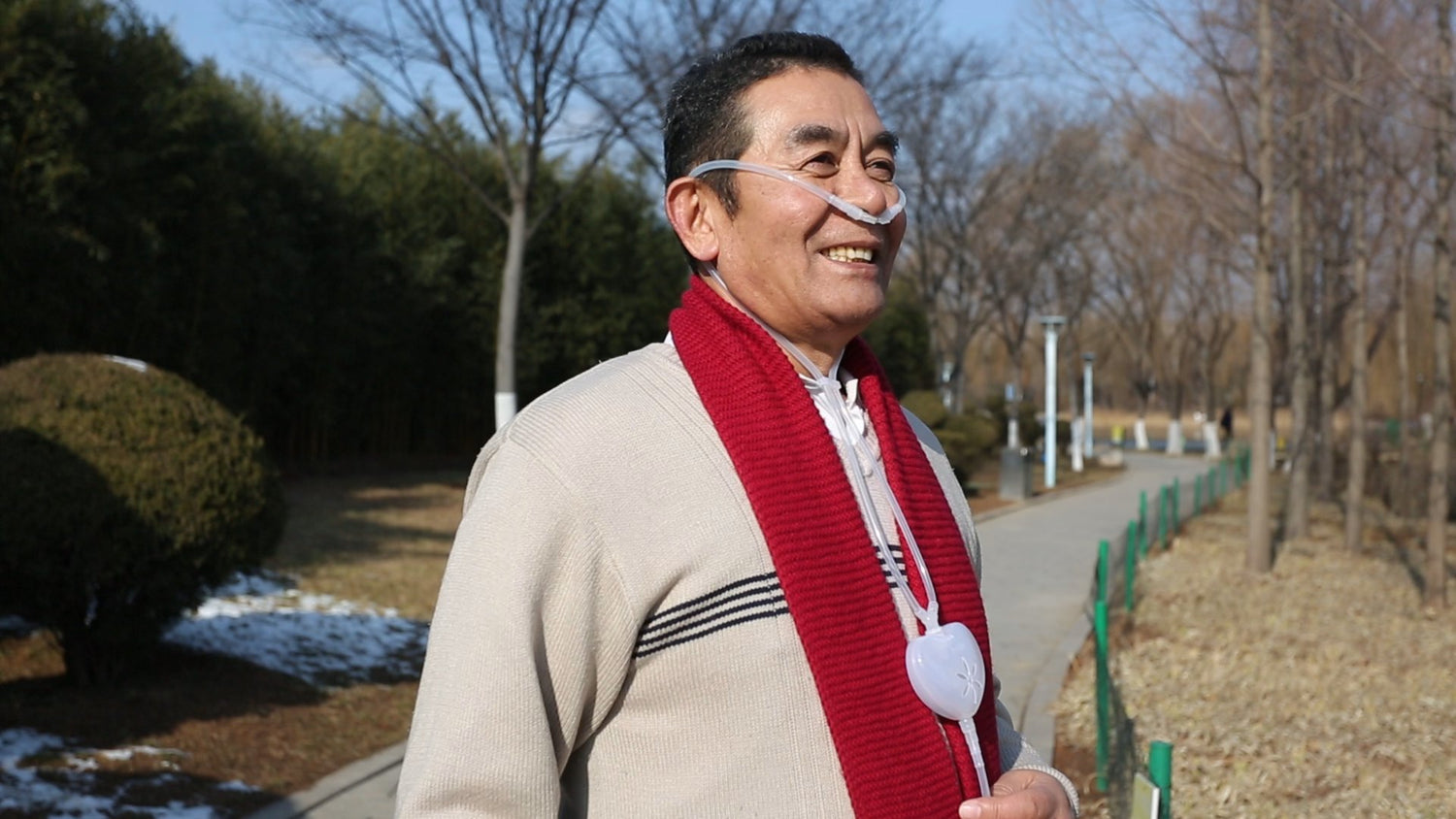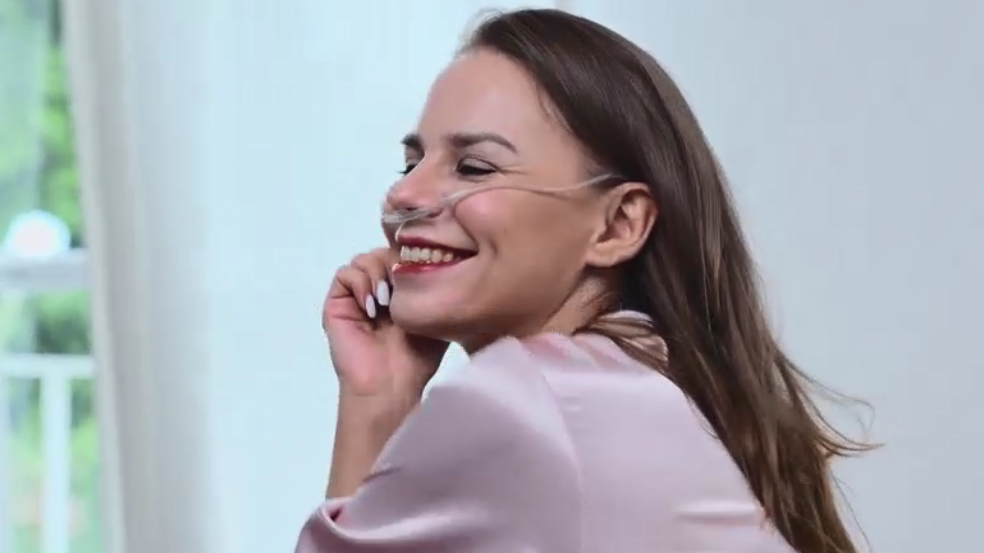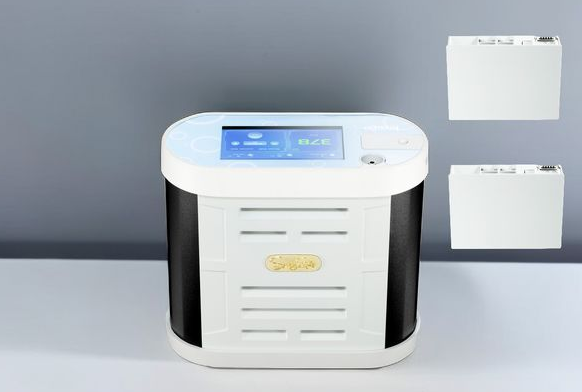Chronic obstructive pulmonary disease (COPD) presents many challenges for patients trying to stay physically active and fit. The progressive lung damage caused by COPD can make breathing laborious during physical exertion, often leading to avoidance of exercise and deconditioning over time. However, exercise plays a crucial role in managing COPD symptoms and improving overall health. By selecting suitable low-impact exercises that are gentle on the lungs, COPD patients can safely enhance their fitness levels, strength, stamina, and quality of life. This article focuses on 10 practical and effective exercises that can provide measurable benefits for individuals living with COPD.
Walking
One of the best forms of aerobic exercise for COPD patients is walking. This weight-bearing activity engages all the major muscle groups in the legs and hips to provide cardiovascular benefits. It also helps strengthen the leg muscles needed for balance and mobility. When starting a walking regimen, begin slowly with a short duration and leisurely pace. Walk on flat, even surfaces and focus on taking full, deep breaths without gasping for air or feeling strained. Use pursed lip breathing on the exertion phase. Gradually increase the duration to 30-60 minutes as endurance improves over time. Adding short rest intervals allows the heart rate to recover briefly. Seeking routes with minimal hills and inclines reduces lung strain. Work up to a moderate pace that quickens heart rate but allows talking. Waling aids COPD patients by improving respiratory and cardiovascular endurance for daily activities.
Stationary Cycling
Stationary or indoor cycling is another excellent, low-impact choice for COPD patients. The continuous pedaling motion strengthens the quadriceps, hamstrings, glutes, and calf muscles in the lower body. It also provides an effective cardio workout to boost heart health and endurance. The great benefit of stationary bikes is that the intensity can be easily adapted by adjusting resistance levels and pedaling pace to suit individual fitness levels. Begin slowly with light resistance and a slower pedaling tempo. Monitor breathing carefully and keep the pace easy. As fitness improves, gradually increase the pedaling tempo and add more resistance to continue challenging the muscles. Aim for 20-30 minutes of cycling at a moderate, steady tempo most days of the week. This strengthens lower body muscles vital for daily activities like walking, bending, and balancing.

Arm Raises
Arm raises are simple strength exercises that benefit COPD patients in multiple ways. Raising the arms overhead works the shoulder muscles while also opening up the chest cavity to facilitate deeper breathing. Arm raises can be done seated or standing, with or without the added resistance of weights or resistance bands. Lift the arms out to the sides or front to shoulder height, avoiding straining the shoulders. Start with 1-2 sets of 10-15 reps and build from there. Stronger arm and shoulder muscles will aid COPD patients in daily tasks requiring upper body strength.
Leg Lifts
Leg lifts target the quadriceps and hamstrings to improve lower body strength, which is vital for stability and balance in COPD patients. Sitting upright in a chair, lift one leg at a time, keeping the knee straight. Raise the leg a few inches off the ground if able, or even just engage the muscles without lifting. Perform 2-3 sets of 10-15 leg lifts per leg. Focus on slow, controlled movements and good posture. Those with mobility limitations can still benefit from isometric leg lifts done in a seated position.
Seated Rowing
The seated rowing exercise engages the muscles in the back, arms, and shoulders while also promoting better posture. To perform this exercise, use a resistance band anchored in front of you or a specialized rowing machine at the gym. Sit upright, and pull the band or handles back, simulating the rowing motion and squeezing the shoulder blades together. This exercise not only strengthens the muscles involved in breathing but also provides an effective upper-body workout. Aim for 2-3 sets of 10-12 repetitions each. Proper form is crucial; maintain an open chest and a straight spine throughout the exercise.
Tai Chi
The slow, graceful movements of Tai Chi can be ideal for COPD patients. This exercise improves flexibility, balance, lung capacity, and breath control. The mind-body connection and meditative nature of Tai Chi also help reduce stress. The flowing sequences of motions incorporate deep breathing and promote relaxation. Tai Chi is suitable for COPD patients at various stages of the disease since intensity can be easily adjusted. Taking a beginner Tai Chi class is recommended to learn proper techniques.
Yoga
With its series of gentle postures and breathing exercises, yoga offers numerous benefits for those with COPD. The stretching and strengthening aspects enhance flexibility and build muscle endurance. Yoga breathing techniques teach breath control and mindful breathing, helping COPD patients use their lungs more efficiently and manage breathlessness. Yoga also reduces stress. When starting, focus on slow movements without straining, and work at an appropriate intensity level. Use props like blocks or straps to facilitate positioning as needed.
Wall Push-ups
For COPD patients, wall push-ups provide an effective upper-body workout with minimal pressure on the lungs. Stand facing a wall, place hands shoulder-width apart at chest height, then bend elbows and lower chest towards the wall. Push back to the start position by engaging chest and arm muscles. Breathe normally throughout the movements. Start with a few repetitions and progress to 2-3 sets of 8-10 push-ups. The wall eliminates the strain of plank position push-ups while still working for all the upper body muscle groups.
Chair Squats
Chair squats are a safe, low-impact exercise to strengthen the thighs, hips, buttocks, and lower back. Standing in front of a sturdy chair, squat down by bending the knees as if to sit, then rise back up. Hands can be held forward or out to the sides for balance and support as needed. Complete 8-12 controlled reps to start and increase gradually. Chair squats improve leg strength, which is vital for mobility and balance. They can be done by COPD patients at various fitness levels by adjusting the degree of the squat.

Deep Breathing
Basic deep breathing techniques provide tremendous benefits for COPD patients by retraining proper diaphragmatic breathing. Sit comfortably upright and place one hand on the abdomen. Inhale slowly through the nose, feeling the belly expand as the diaphragm moves downward. Exhale slowly through pursed lips, pressing out as much air as possible. Work up to 5-10 deep, mindful breaths whenever you are short of breath. Deep breathing encourages full use of the lungs, increases oxygenation, helps relax muscles, lowers blood pressure, and provides overall therapeutic effects.
Final Words
Regularly performing a combination of these 10 exercises can lead to noticeable improvements in health, fitness, respiratory function, strength, balance, and quality of life for those living with COPD. While exercise provides many benefits, it's important to first consult with a healthcare provider before undertaking any new fitness regimen. With proper precautions and a tailored program, COPD patients can safely enjoy the multitude of physical and mental benefits of staying active. Consistency is vital. The exercises above offer varied approaches to improving lung capacity, building muscle endurance, enhancing mobility, and managing COPD symptoms.
Read More
- Working Principle of Portable Oxygen Concentrator
- How To Solve Beeping Alarms on Your Oxygen Concentrator
- Select the Right Portable Oxygen Concentrator for Active Lifestyles
- Choosing Your idea POC: Pulse vs. Continuous Flow
- The Dos and Don'ts Checklist for People Living with Chronic Obstructive Pulmonary Disease (COPD)





Leave a comment
This site is protected by hCaptcha and the hCaptcha Privacy Policy and Terms of Service apply.